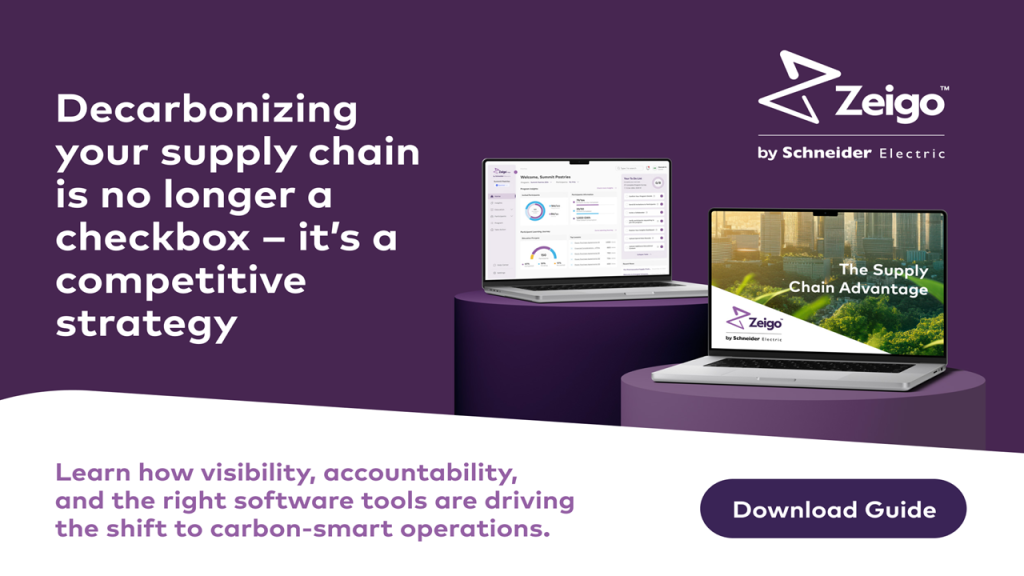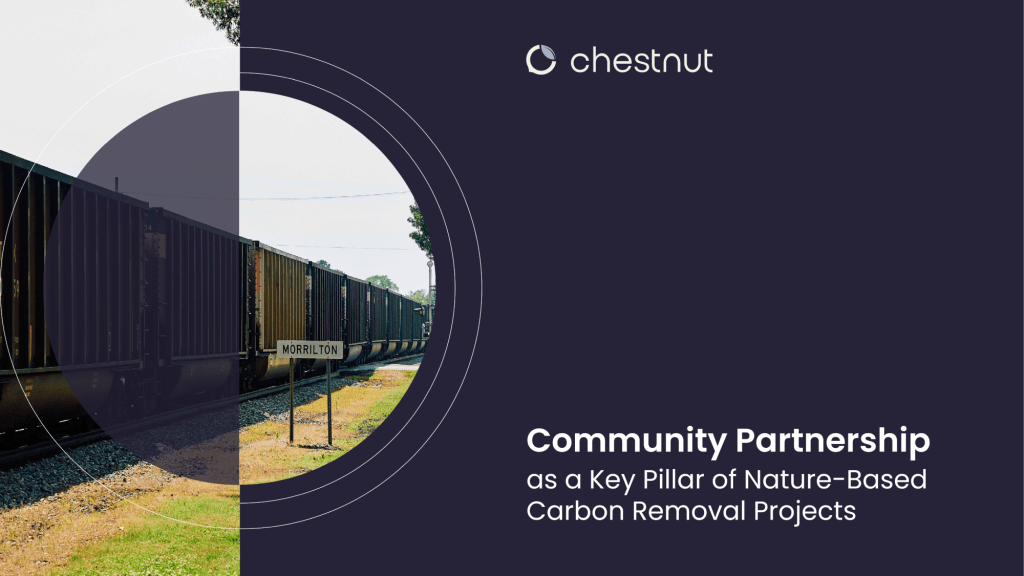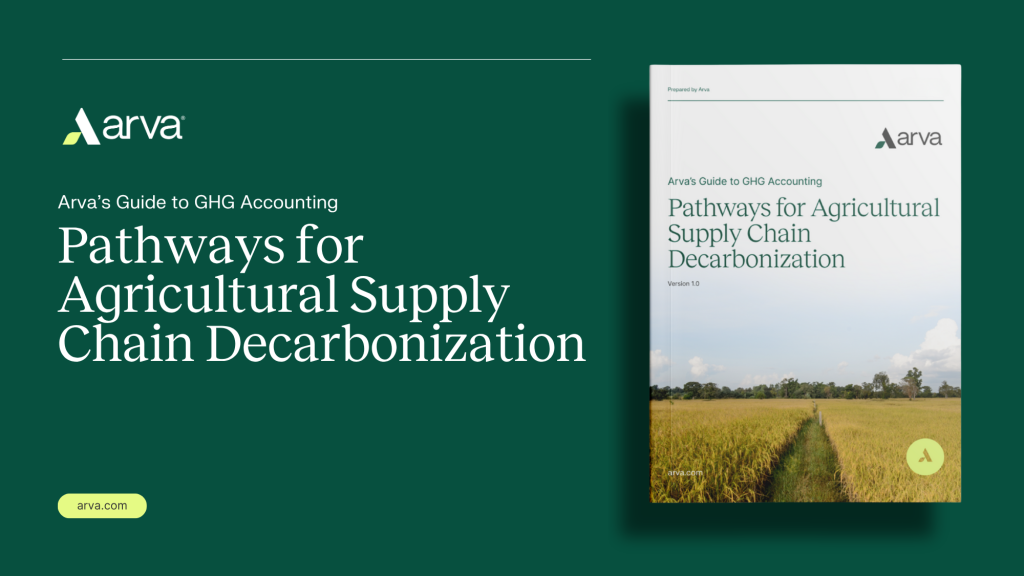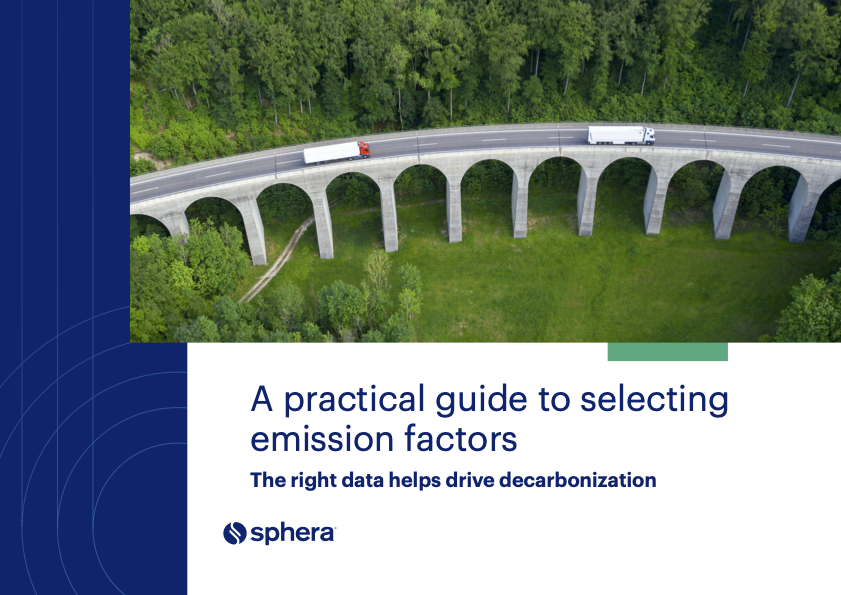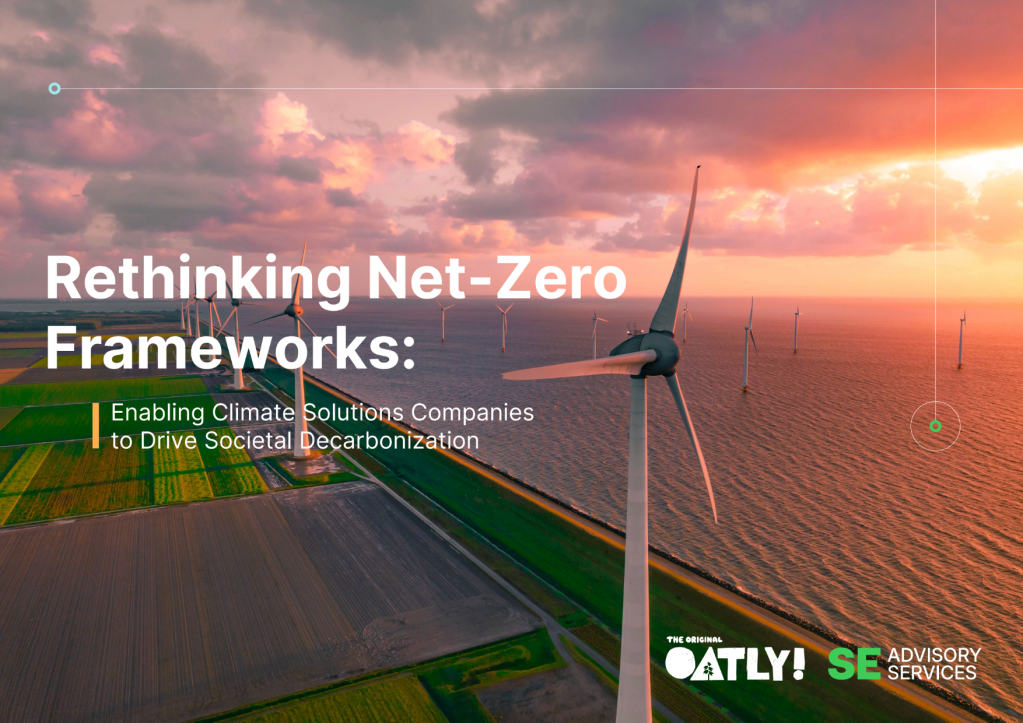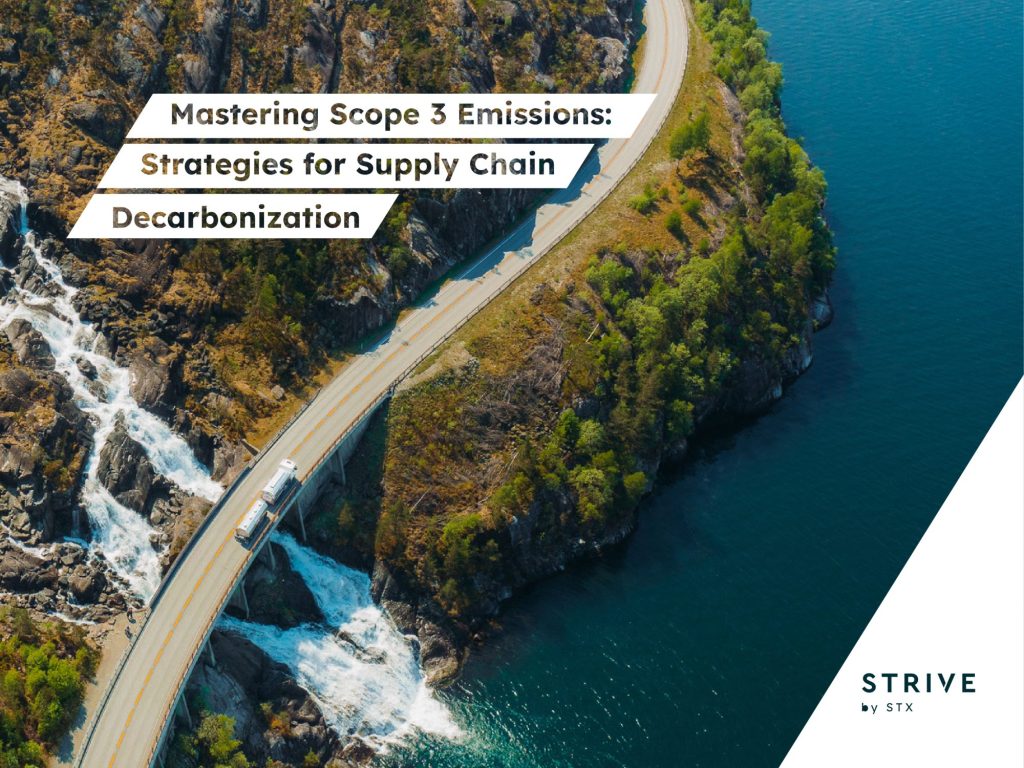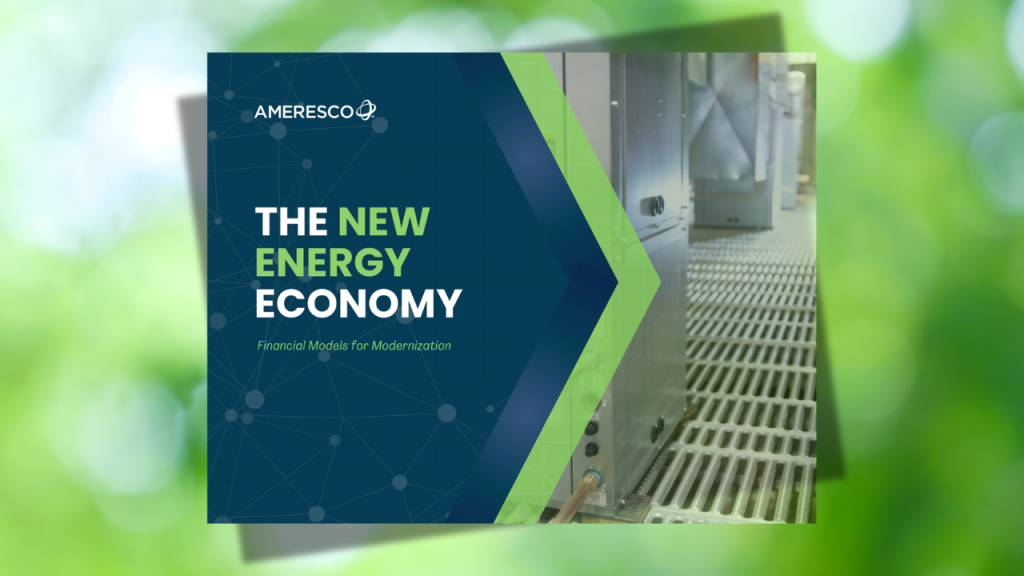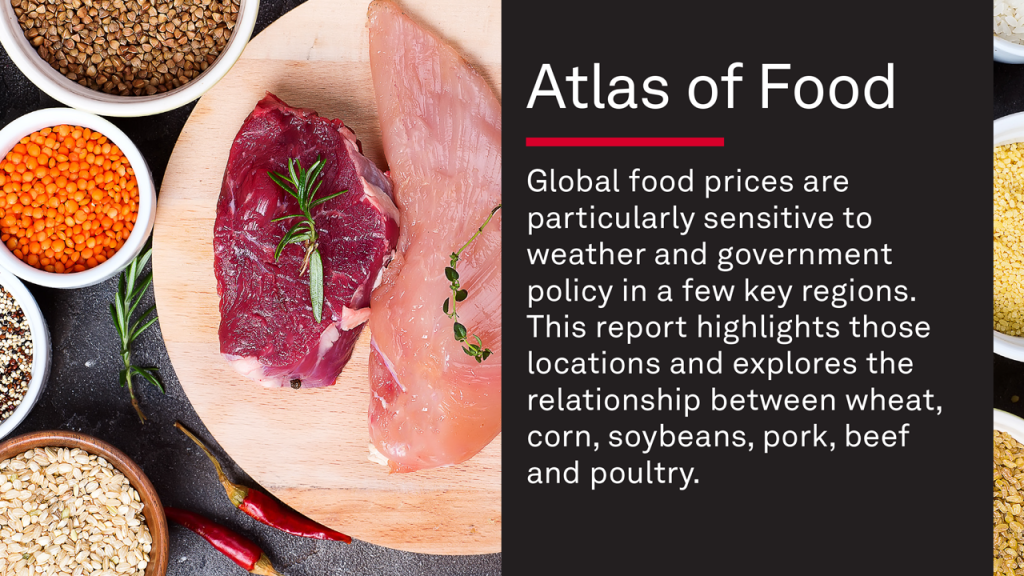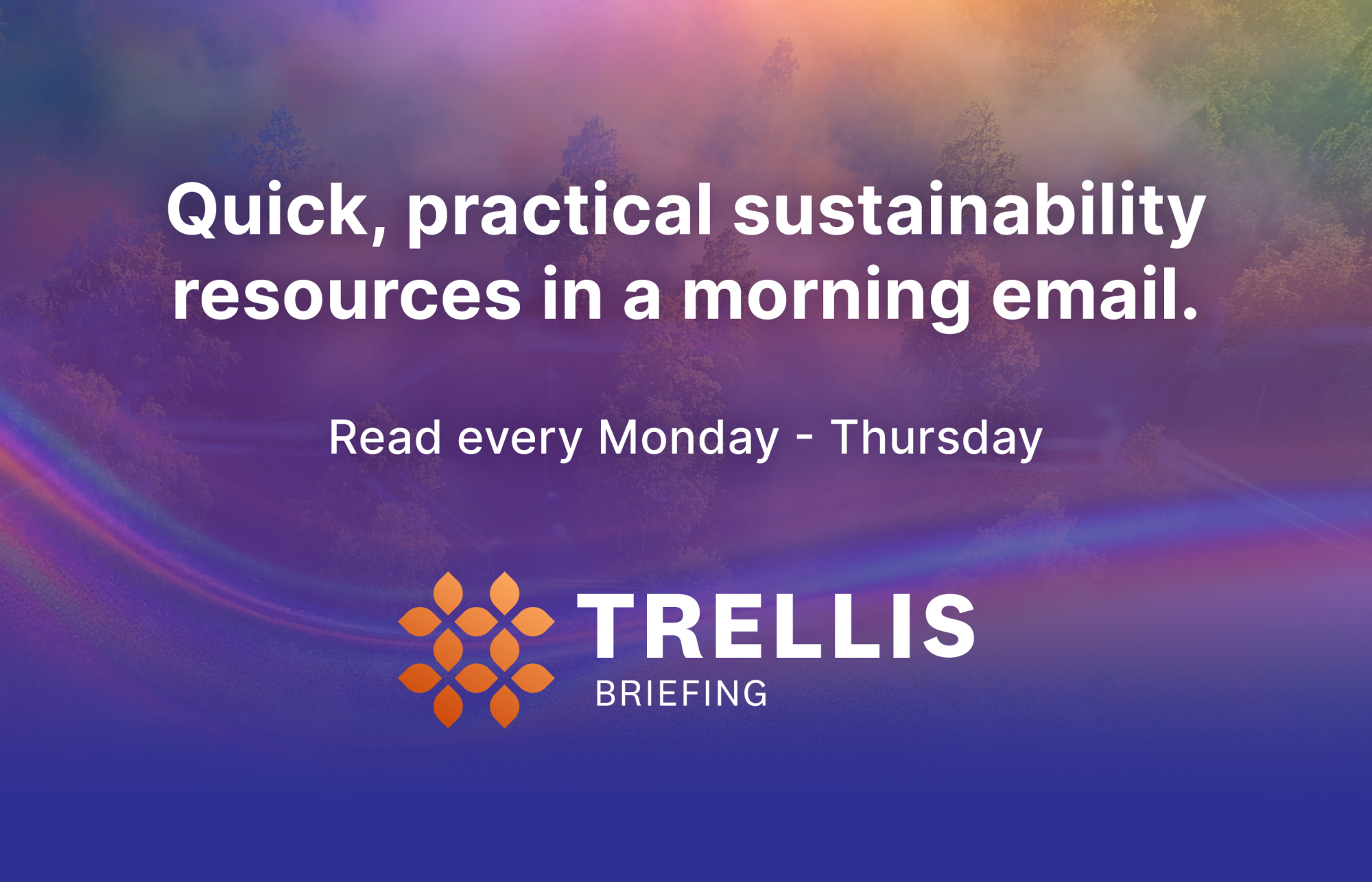What KIND Snacks can teach us about the new frontiers of paper packaging
More brands are shifting to paper packaging — but not without challenges. Read More

- Paper packaging offers sustainability benefits, but brands must collaborate and commit to overcome performance and recyclability challenges.
- Brands like KIND show that paper packaging success depends on innovation, research and long-term investment.
- Companies can maximize the impact of their shift to paper packaging by collaborating on innovative formats, researching challenges in paper packaging and committing for the long-haul.
The opinions expressed here by Trellis expert contributors are their own, not those of Trellis.
Paper packaging is taking on new frontiers. Maybe you’ve seen paper across new formats such as dog food canisters, vitamin mix containers or even staples in your liquor cabinet.
Consumers love paper packaging for its perceived environmental benefits, recyclability and renewability. They’re even wondering: Why can’t all my packaging come in paper?
Historically, paper packaging was limited by price and performance constraints that gave plastics and other materials an edge. But now, paper-based packaging has grown to make up about 46 percent of the global packaging market. As more brands continue the shift toward “paperization,” there are three key steps they can take to ensure their paper packaging delivers on performance, consumer trust and sustainability.
The KIND bar case study
Snack bars have traditionally been the domain of foil wrappers or plastic pouches. But that’s starting to change. Recently, Mars’ KIND Snacks brand launched a national pilot of a paper-based wrapper for their snack bars — a package using How2Recycle pre-qualified paper material designed to be curbside recyclable, and aligned with KIND’s goal of ensuring all packaging is designed for recyclability by 2030.
The pilot, currently running in select Whole Foods Markets across eight states, is an important step, but still it’s not a full transition. Durability of the new packaging through transportation and the ability of the paper substrate to maintain product shelf-life are critical, as is curbside recyclability. All of these challenges took time and collaboration to overcome.
So, how did KIND Snacks overcome them? They started small. They started by gathering foundational insights on the packaging’s durability and performance — insights that they took back to their R&D teams before launching the current national pilot. Collaborators worked to ensure the packaging would be qualified by How2Recycle as “widely recyclable,” meaning it can be collected curbside for recycling in most communities.
This case underscores the promise and the complexity of paper-based packaging. While the benefits — recyclability, renewability and alignment with sustainability goals — of paper-based packaging are clear, they come with trade-offs. To build consumer trust and understanding, clear and consistent messaging about fiber sourcing and recyclability remain essential.
As we can see from KIND, there are several actions businesses can take to reap the benefits of paper packaging. Here’s a look at three:
1. Collaborate on innovative formats
Working closely with their supplier, Printpack, to address the challenges of switching to a new material was critical to the successful launch of the KIND Snacks’ paper wrapper. The companies collaborated to create a packaging format that met required product functionality, such as preserving shelf life, while also delivering a format designed to be recycled in curbside collection programs.
To tackle shared challenges such as recovering new paper formats, the packaging industry must scale collaborations such as those between KIND and Printpack — moving beyond individual efforts to unlock collective impact.
Organizations are already coming together to help improve end markets for recycled fiber and increase the recovery of innovative packaging formats. Take the Polycoated Paper Alliance as an example. The coalition of brand owners and packaging producers is working to advance recovery for commonly used items such as paper cups, ice cream containers and flexible paper pouches. The group addresses specific technical challenges such as the sortation of polycoated paper in material recovery facilities and acceptance in community recycling guidelines.
2. Research outstanding challenges
Other major hurdles for paper packaging can be addressed by researching existing sustainability and recyclability challenges. For example, consumers often think that food residue on packaging — such as grease on a pizza box — makes the packaging not recyclable. The work of individual organizations, such as Smurfit Westrock’s study on pizza boxes, has shown that food residue contamination may be less problematic than commonly perceived. Still, broader research into these and other hurdles to paper packaging, such as recyclability, durability and product shelf life, can help brands switching to paper close the performance gap.
The paper packaging industry can follow similar research efforts across other packaging materials, such as the plastics sector’s research into “clean and dry” standards for recyclability, which seek to establish clearer guidance for how clean and dry packaging needs to be to actually be recycled. Building on this research model, the Sustainable Packaging Coalition’s Paper Packaging Recyclability Collaborative is studying How2Recycle label’s influence on consumers’ willingness to clean food residue off paper packaging.
Addressing lingering challenges will require sustained, industry-wide collaboration and a unified approach to research and consumer guidance.
3. Commit for the long-haul
At a recent SPC sustainable packaging event, leading packaging companies PaperWorks, Billerud and Progressive Converting stressed a critical difference between paper and packaging: investment. With decades of innovation and investments behind plastic packaging’s barrier technologies, it sets a high standard that many paper alternatives are still working to meet.
So how does paper get on par with the performance characteristics of other packaging materials it might replace? How do innovative paper technologies get to cost parity with materials that have been on the market much longer? How do brands realize the benefits of paper and positive customer response? The answer lies in long-term commitment and cross-industry collaboration.
Brands such as KIND Snacks are leading the way with their pilot, but outside of the food space, other major packaging players such as Amazon and Microsoft are similarly committing to transition as a means to meet their sustainability goals and improve customer experience.
Paper’s potential depends on collective action
Switching to paper packaging presents challenges — but for brands committed to making the switch, the path forward is clear. With bold commitments, open collaboration and a willingness to tackle the tough questions together, brands can accelerate paper innovation, earn consumer trust, and turn sustainability goals into tangible progress.

Subscribe to Trellis Briefing
Featured Reports

The Premier Event for Sustainable Business Leaders

